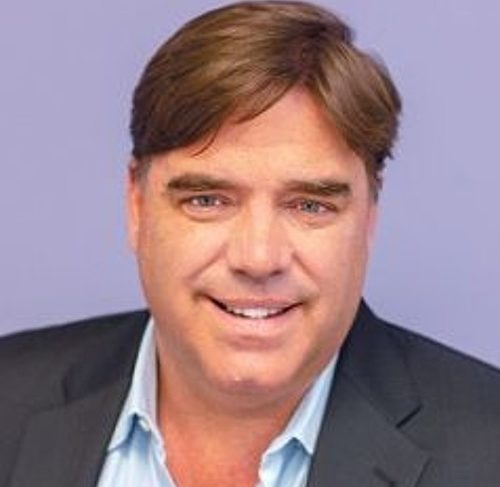
We're "well positioned" to do it
OTTAWA – During this time of major upheaval in broadcasting, which has seen the ascension of Apple TV and Amazon Prime Video, and The Walt Disney Company’s acquisition of FOX in March, Canadian content producers and distributors need to accelerate a move outside the box rather than feel overwhelmed by the rapid and consequential changes to programming, according to the head of Canada’s national LGBTQ television network, which is doing just that.
Brad Danks, CEO of OUTtv told the Policy 3.0 communications law conference at the University of Ottawa on May 10, about the network’s bold global reach, which last year included a deal to stream OUTtv programming on New Zealand broadcaster TVNZ’s OnDemand platform.
He said OUTtv is also working with Showmax, “the Crave of South Africa,” whose parent company, MultiChoice Group, he noted, is “bigger than Bell, Rogers and Shaw combined in terms of size” (That company reported $50 billion in revenue in 2018). Last October, OUTtv launched as a pop-up channel in South Africa through its partnership with Showmax.
“Canada is well-positioned to be a huge player in global markets going forward,” said Danks who, pre-OUTtv, practised entertainment law for a decade. “There are great opportunities out there to work with [foreign] companies because they’re facing the same pressures that we are in Canada – and because we’re Canadian, they want to work with us.”
By being out there, OUTtv – which first hit Canadian airwaves in 2001 as PrideVision TV before its 2005 rebranding – has built excellent international traction. As Danks said at the Policy 3.0 conference, two years ago OUTtv’s distribution reach was at 35 million viewers. Today, the number has skyrocketed to 150 million people around the world.
“If everything on my desk was to close by the end of this year, we’d be at about 2.5 billion.” – Brad Danks, OUTtv
“If everything on my desk was to close by the end of this year, we’d be at about 2.5 billion,” he said matter-of-factly. “It’s happening that quickly. There’s that much activity going on.”
There is also much activity occurring in Canada, as Danks pointed out.
“Three of the top four production centres in the world are in Canada – in Vancouver and Toronto. Within six blocks of my office [in Vancouver], 29 of 30 of the top blockbusters in the world [in 2017] had [post-production] work done there,” he said. “Canada has a tremendous industrial cluster of people, and we have to find a way to leverage that.”
One of the obstacles hampering that potential is Canadians selling themselves short, Danks explained.
“I have friends who work at the U.S. studios and for many of them, Canada is their most profitable market,” he said. “We’ve got to start acting like it. They always say, ‘We’re so surprised you don’t ask for more.’ It’s partly because we just don’t have the guts or the self-confidence to know what’s really going on.”
Danks said that it is time to take an Olympic-style “own the podium” approach and go after the gold or risk being left behind as the broadcast-distribution system undergoes its dramatic shift. “Content has gone from national and vertical, to horizontal and global,” he said. “We’re moving away from intermediation at a time when Canada has structured its entire business around a strong intermediation model.”
The latter isn’t necessarily bad business, Danks offered. National broadcasters acquiring content is usually more cost-effective than producing their own. “You don’t have to put your money into production; you just have to build your business within a country,” he said.
“However, when you begin to distribute globally, that changes and for [OUTtv], having moved to a number of countries, you reach a point where actually making your own programming is better than acquiring others. As you re-license for every single territory you go into, the costs go up every time.”



